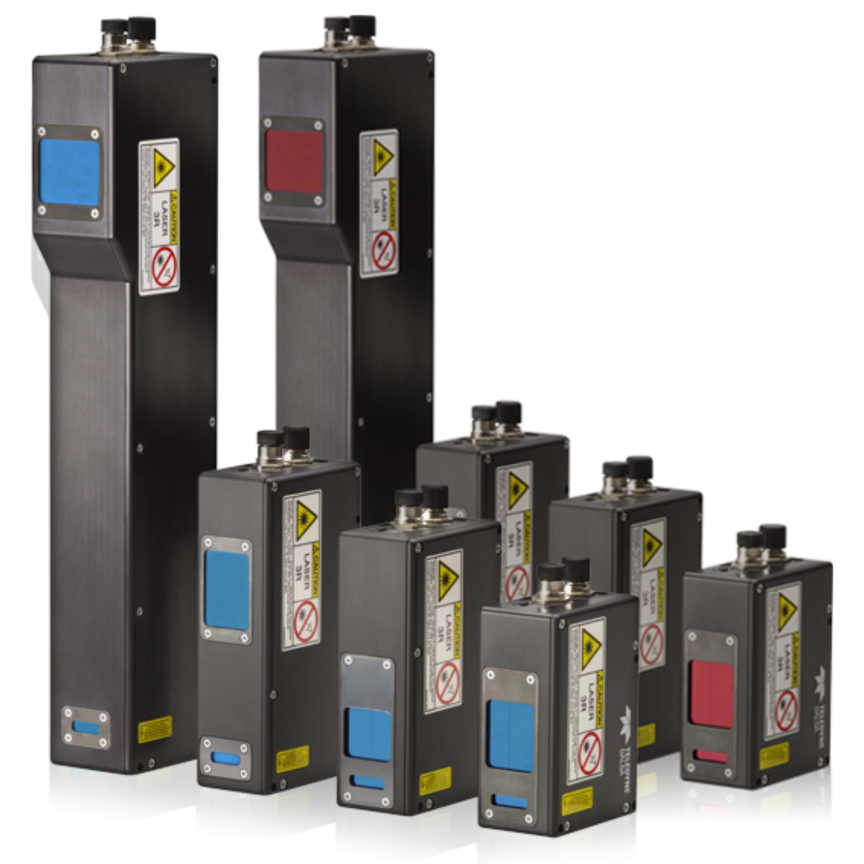Semi Conductor Devices (SCD) ‒ a global leader in the development and manufacturing of a wide range of cooled and uncooled infrared detectors and high-power laser diodes - announced today the delivery of a unique sensor comprising four large format 1920 x 1536 pixel, 10 µm pitch InGaAs SWIR Focal Plane Array (FPAs) that together provide a unique 12 Mega-pixel sensor. The sensor will be mounted on an instrument built by the Max Planck Institute for Solar System Research in Göttingen, Germany, and further on will be installed on the Swedish 1-m Solar telescope (SST) on the island of La Palma, Spain.
Following integration with the SCD SWIR sensors, the SST will be the first solar telescope using hyperspectral imaging, simultaneously observing a spectrum in each pixel of an image. The unique large size and high frame rate of SCD SWIR sensors are essential for this imaging technique.The SST is the second largest optical solar telescope in Europe. The location of the telescope on La Palma as well as the use of adaptive mirror technology and image reconstruction techniques that correct for the blurring caused by the Earth's atmosphere at high frame rates enables optimal performance.
"SCD's InGaAs sensors are in the front line of the technology today, featuring very advanced concepts like in-pixel laser detection, very low light level operation modes or extra low floor noise for demanding scientific applications", says SCD’s CEO Dan Slasky "The large format FPA leverage SCD's advanced 10 micron InGaAs pixel coupled to the digital ROIC architecture, providing to the user an effective interface to perform full 12 mega pixel video stitching" he adds.

